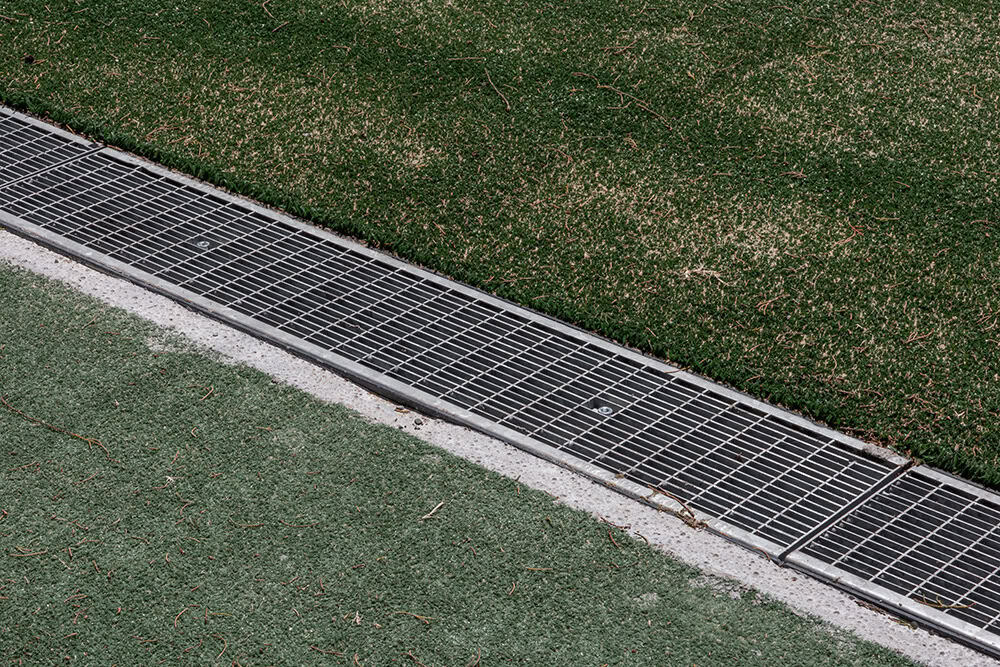In order to obtain the best performance from drainage channels, it is necessary to properly maintain & clean the channels to prevent them from getting clogged with soil, leaves or other sediment; thus rendering the drainage ineffective. A routine inspection is essential to preserve efficient drainage performance & must be carried out frequently and at regular intervals. The frequency depends on the drainage location but should be carried out at least once a year, along the entire length of channel.
When and where is it important to carry out drainage channel maintenance?
Channel inspection and maintenance should be frequently executed under the following conditions
- In cold or tropical regions with extreme climatic conditions
- In countries with dry climates, where the rainfall rate is low. As it rains rarely, channels can often remain empty and various debris, leaves & sediments can accumulate inside the channels because there is no continuous flow of water to help keep the channel clean.
- Regions with increased solid material contributions such as leaves, the use of de-icing salt during winter & lack of road sweeping
- High traffic areas – if the channel becomes blocked due to build-up flooding can occur as a result of water being unable to drain, creating an unsafe area for vehicles & pedestrians

Steps for proper maintenance of the drainage system
- Visual inspection of grates
- Cleaning of grates
- Grate removal
- Cleaning of channel bodies & drain boxes
- Visual inspection of installation area
Visual Inspection of Grates
Before proceeding with the cleaning of channel, a visual inspection is necessary to check the channel grates for any damage and/or clogging due to debris within the grate openings. If your grates are bolted down, verify all connections & lockdown systems are properly secured.
Grate Cleaning
To clean drainage grates, sweep away any coarse & solid debris (e.g cigarettes, paper, stones) with a broom. The grate openings can also be cleaned with a high pressure cleaner. Stubborn objects can be removed with a screwdriver or other sharp object, taking care not to damage grates.
Grate Removal
Once cleaning of grates is complete, remove grates from the body of the channel in order to check it internally.
Cleaning of channels & drain boxes/pits
Before cleaning is completed, ensure there is a free flow to any drainage points (such as pipeworks/pits). Remove any large pieces of debris. Drainage channels can be cleaned with a broom or shovel. Persistent dirt can be cleaned with a high pressure cleaner (jet pressure up to 120 bar), running the cleaning water along the entire length of channel. Ensure all sediment within the channel is loosened and rinsed down to the plumbing/sump pit. The discharge points must be cleaned & ensure pipework is draining effectively. Finally, before reinstalling the grate, check the channel edge and support surfaces of the grate and clean if necessary.
Visual inspection of installation environment
Adjacent surfaces such as flooring, concrete or asphalt must also be checked at regular intervals. It is important to check for damage or an elevation of the channel or grate above the backfill surface.
Advice in this article is of general nature, seek professional advice for tailored guidance.